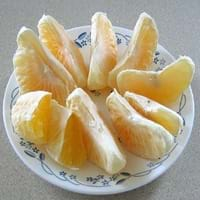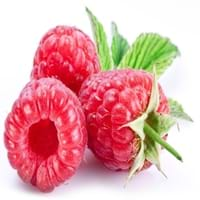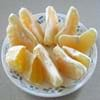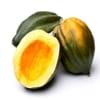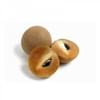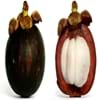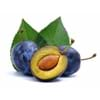Health Benefits
Increases metabolic rate, Lower blood pressure, Protects against kidney stone formation
Cancer prevention, Heart care, Prevents macular degeneration, Reduces blood circulation problems
General Benefits
Gives you energy
Anti-inflammatory properties, Controls blood sugar levels, Digestive aid, Eye care, Helps in weight loss
Skin Benefits
Skin cleansing
Anti-aging benefits, Brightens and lightens complexion
Hair Benefits
NA
Acts as moisturizer, Regulates hair growth, Shiny hair
Allergy Symptoms
NA
Breathing difficulty, Eczema, Hives, Itching, Nasal congestion, Runny nose, Sneezing, Watery eyes, Wheezing
Side Effects
Affects blood glucose levels, Decrease in blood sugar levels, Coagulation
Allergic reaction
Best Time to Eat
As a snack in the late afternoon, Eat the fresh ones, avoid mixing with any other foods, don't eat after meal., Morning time (before lunch)
Best if taken as a breakfast (or empty stomach), As a snack in the late afternoon, Don't eat after meal, Morning time (before lunch)
Vitamin A (Retinol)
Not Available
Vitamin B1 (Thiamin)
Not Available
Vitamin B2 (Riboflavin)
Not Available
Vitamin B3 (Niacin)
Not Available
Vitamin B5 (Pantothenic Acid)
Not Available
Vitamin B6 (Pyridoxin)
Not Available
Vitamin B9 (Folic acid)
Not Available
Vitamin C (Ascorbic Acid)
Vitamin E (Tocopherole)
Not Available
Vitamin K (Phyllochinone)
Not Available
Lutein+Zeaxanthin
Not Available
Water Content
Not Available
Calories in Fresh Fruit with Peel
Calories in Fresh Fruit without Peel
Not Available
Not Available
Calories in Frozen Form
Not Available
Calories in Dried Form
Not Available
Calories in Canned Form
Not Available
Calories in Pie
Not Available
Varieties
NA
Amity, August Red, Boyne, Canby, Caroline, Comet, Dinkum, Dorman Red, Latham, Meeker, Black Hawk, Hayda, Lauren, Meeker and Latham
Color
Orange, Yellow
Black, Purple, Red, Yellow
Inside Color
Creamy Yellow
Pink
Origin
Jamaica
Europe, North Asia
Soil Type
Loamy
Sandy loam
Climatic Conditions
Warm
Cold
Facts about
- The name is derived from the word "ugly" refering to the it's unpleasant appearance, with rough, wrinkled, greenish-yellow rind, wrapped loosely around the orange pulpy citrus inside.
- There are more than 200 varieties of raspberries.
- In USA, 90% of the raspberries are grown in Washington, California and Oregon.
- They do not ripe after they are picked.
- A raspberry contain 100 to 120 seeds.
Top Producer
Jamaica
Russia
Other Countries
NA, United States of America
Azerbaijan, Canada, Mexico, Poland, Serbia, Spain, Ukraine, United Kingdom, United States of America
Top Importer
Europe
United States of America
Top Exporter
Jamaica
Poland
Botanical Name
Citrus reticulata × Citrus paradisi
Rubus Idaeus
Synonym
Tangelo, citrus tangelo
Not Available
Subkingdom
Tracheobionta
Tracheobionta
Division
NA
Magnoliophyta
Class
Unknown
Magnoliopsida
Species
C. reticulata × paradisi
R. idaeus
Generic Group
Citrus fruit
Rose
Difference Between Ugli fruit and Raspberry
We might think that Ugli fruit and Raspberry are similar with respect to nutritional value and health benefits. But the nutrient content of both fruits is different. Ugli fruit and Raspberry Facts such as their taste, shape, color, and size are also distinct. The difference between Ugli fruit and Raspberry is explained here.
The amount of calories in 100 gm of fresh Ugli fruit and Raspberry with peel is 45.00 kcal and 53.00 kcal and the amount of calories without peel is Not Available and Not Available respectively. Thus, Ugli fruit and Raspberry belong to Low Calorie Fruits and Low Calorie Fruits category.These fruits might or might not differ with respect to their scientific classification. The order of Ugli fruit and Raspberry is Sapindales and Rosales respectively. Ugli fruit belongs to Rutaceae family and Raspberry belongs to Rosaceae family. Ugli fruit belongs to Citrus genus of C. reticulata × paradisi species and Raspberry belongs to Rubus genus of R. idaeus species. Beings plants, both fruits belong to Plantae Kingdom.
